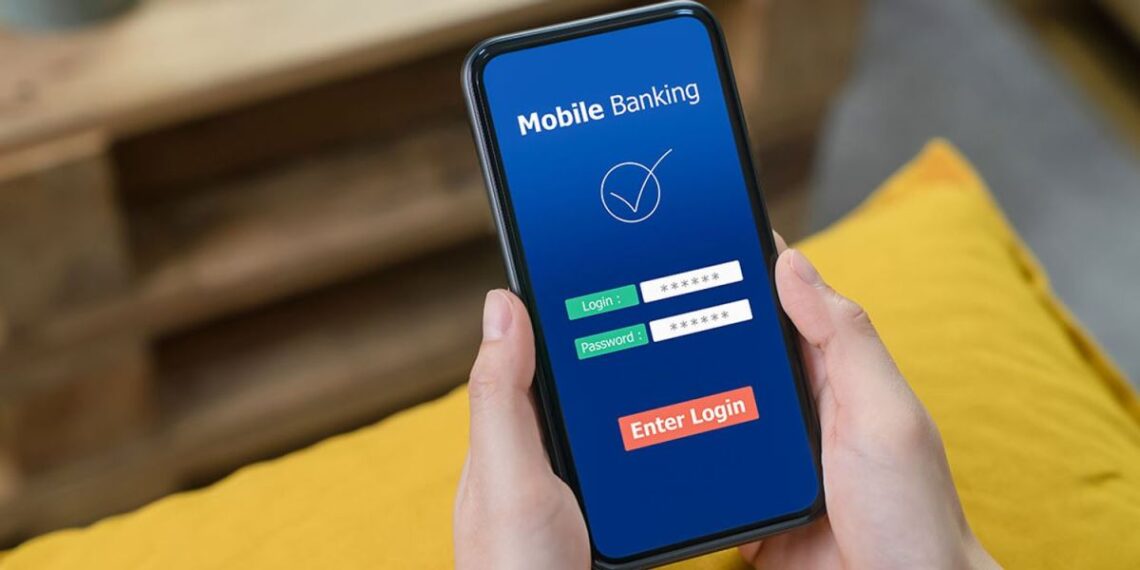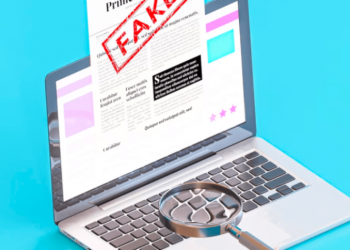The data provided by the Nigerian Inter-Bank Settlement System (NIBSS) clearly illustrates a notable surge in the adoption of mobile banking services.
As of January 2023, the usage of mobile banking has seen a remarkable year-on-year growth of over 200%.
This remarkable increase, however, brings along with it a pressing concern: the proliferation of mobile fraud. According to a recent report from the Financial Institutions Training Center (FITC):
“Data from the total amount lost to frauds in the first quarter of 2023 reveal that mobile fraud accounts for 34.07 per cent at N161 million followed by Computer/web fraud accounting for 27.69 per cent at N130 million and Fraudulent withdrawals representing 24.72 per cent at N116 million.”
I had the opportunity to speak with banking and industry professionals from institutions including Zenith Bank, Providus Bank, Sterling Bank, Access Bank, First Bank, and Moniepoint.
Based on their recommendations, it’s essential to consider the following security checks when using mobile banking apps:
1. Enable Email Alerts:
One crucial step is to enroll with banks that offer email alerts for every login to your mobile app. This added layer of security helps in mitigating unauthorized log-ins, as each login attempt triggers an email alert.
Babatade Samson, a product manager with Providus Bank, emphasized the importance of requesting your bank to enable email alerts upon sign-in. This simple measure is one of the easiest and safest ways to reduce the risk of unauthorized access.
2. Use Strong and Unique Passwords:
Avoid the temptation to use easily guessable passwords, such as milestone dates or common names. Instead, opt for a password that is both memorable for you and challenging for others to guess. Consider using a combination of letters, numbers, and special characters.
It’s essential to never use common sequences like ‘123’ and never store your personal banking details on your mobile device.
By following these security measures, you can significantly enhance the safety of your mobile banking experience and protect your financial information from potential threats.
3. It is very important to stay off public Wifi
Monzo, a digital bank in the UK, in a cautionary warning to its customers had this to say:
“You should avoid using public wifi to access mobile or online banking. The majority of public wifi networks are not securely encrypted and because of that, they’re not private.
This includes public wifi that prompts you to log in by entering an email address, like @pubname, @restaurantname or @gym. Although this may feel more official, it simply allows the business owner to use data analytics on customers and is no more secure than other public wifi. Public wifi makes it easy for someone to see your online activity. This can include capturing your PIN, and passwords and viewing sensitive email or financial transactions.”
4. Research the Banking App:
Exercise caution when downloading a banking app. Fraudsters have been known to create counterfeit bank apps to deceive unsuspecting customers.
Whether you are downloading from the Apple Store or Android Play Store, it’s essential to scrutinize the developer details and user reviews. A Forbes article wisely advises users to “investigate the app’s security policies and check for any past data breaches.”
The Federal Bureau of Investigation (FBI) has also raised alarms about the rapid growth of fake banking apps in the world of smartphone fraud.
5. Activate Two-Factor Authentication (2FA):
Always enable 2FA for an added layer of security. Two-factor authentication may involve verifying your account through an automated phone call or text message. This extra step helps safeguard your mobile banking experience.
6. Beware of Phishing Emails:
Phishing, as defined by Wikipedia, is a form of social engineering where attackers deceive individuals into disclosing sensitive information or installing malicious software, such as ransomware. Avoid clicking on links received from unverified sources.
A report by PremiumTimes reveals a significant increase in adware detections, with statistics showing a rise in various regions. The report states there has been a 94% increase in adware detection in Nigeria.
7. Accessibility control:
It is important you check the apps that you use and their level of access. iPhone users have some level of privacy control provided by Apple. There has been instances where people unknowingly grant control to apps beyond their scope of function.
8. Set Transfer Limits:
Establish a transfer limit on your account to limit the amount of funds that can be withdrawn in cases of unauthorized access. Some financial institutions, like Sterling Bank, have incorporated a feature in their mobile apps that prompts a security check for first-time beneficiaries. Eduek Essienuobong, a banking officer with Sterling Bank, confirmed this safeguard.
9. Consider using a Hardware Token:
While it may be considered old-fashioned, some financial institutions offer mobile apps equipped with token generation capabilities for your convenience. This can provide an extra layer of security to your transactions.
10. Make sure you have an antivirus installed on your mobile phone.
This is perhaps one of the most often overlooked strategies to keep unwanted access to your funds.
By taking these precautions, you can significantly enhance the security of your mobile banking activities and safeguard your financial information from potential threats.
[Featured Image Credit]












